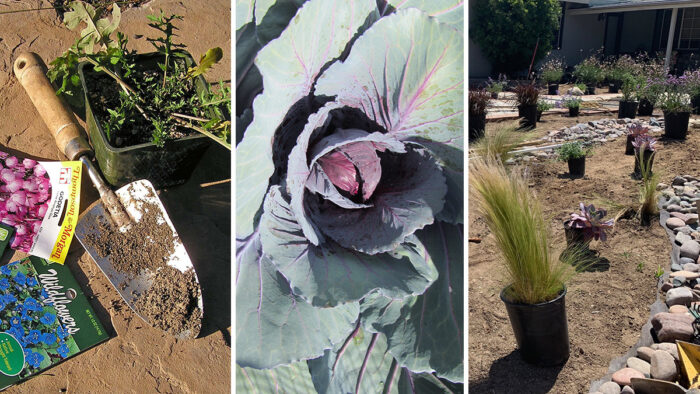
Southern California seems to be one of those areas that’s feeling the impact of drought more critically than many other parts of the country. Yet as autumn begins, there is still the need for traditional harvesting, planting, and garden cleanup. But more than that, the coming winter months will determine next year’s water supply, the threat of wildfires, and our air quality. That makes this the time of year to prepare our gardens for the next 12 months. Maybe we will be fortunate enough to experience a rainy winter to relieve our gardens after so little precipitation. Or maybe the drought will continue. No one knows for sure. But it’s best to prepare for anything!
The autumn is becoming a more reliable time to plant than the springtime now that early scorching days in spring can fry vulnerable new growth. So here are some of the projects that can be started now in Southern California—projects that might help your garden thrive no matter what the coming year may bring.
Seed cool-season crops and garden flowers
Here in SoCal, we are lucky to be able to grow plants year-round. So we can have an entire winter season where plants that like it slightly cooler can thrive. For edibles, try planting brassicas such as cabbages of all shapes, sizes, and colors; kales; and cauliflowers. Peas, short and tall, thrive in cool weather. Lettuces also prefer temperatures that don’t rise too high. And most root crops (beets, radishes, and carrots, etc.) grow well in our cooler months.
Seed cool-loving flowers, annuals, biennials, and perennials early in autumn so that they will start blooming as early as the end of winter. Common annual bedding flowers such as impatiens (Impatiens spp. and cvs, annual) and pansies (Viola × wittrockiana cvs., annual) love the cooler months, so save petunias (Petunia cvs., annual) and marigolds (Tagetes spp. and cvs., annual) for basking in the heat of summer.
Don’t let seeds and seedlings dry out. To save on water usage, you can raise seedlings in pots, pans, or other small areas until they’re large enough to transplant into their permanent spaces. Keeping them together also makes them easier to protect with temporary shade if temperatures should spike in fall.
Prep for winter planting with native plants, woody shrubs, trees, and spring-flowering bulbs
This is the time to begin planning and shopping for these landscape staples. They can start going in the ground in October and November as the final heat of September wanes. But you can set out your purchases in their pots ahead of planting to “harden off” by placing them out where they will be planted, which will give them a chance to adapt to their new location before being planted.
There are so many woody shrubs and trees that will help deal with increasing dry and heat—especially those that have evolved in SoCal. This group includes wormwoods (Artemisia spp. and cvs., Zones 3–9), sages (Salvia spp. and cvs., Zones 3–11), and oaks (Quercus spp. and cvs., Zones 4–11). Start researching now so you can shop and be ready to plant them in your landscape during the coming months. The natives will be easiest to grow, and they support our native birds and butterflies.
Some bulbous plants that are both showy and reliable are the Peruvian or, more accurately, Portuguese lily or giant scilla (Scilla peruviana, Zones 8–9), autumn crocus (Colchicum spp. and cvs., Zones 4–9), crocosmia (Crocosmia spp. and cvs., Zones 6–10), chasmanthe (Chasmanthe spp., Zones 8–10), and any of a wide range of daffodils (Narcissus spp. and cvs., Zones 3–9). Gophers are aggressive throughout SoCal but seem to have little interest in these bulbs. California native bulbs such as fairy lanterns or mariposas (Calochortus spp. and cvs., Zones 5–10) and triteleia (Triteleia spp. and cvs. Zones 6–10) have given me some colorful successes and are worth growing for their ease and ecofriendliness.
Clean up, mulch, and compost
Reusing organic materials is nature’s secret to life. Pile old leaves, flowers, fruits, and vegetables into bins or heaps so they can break down into rich compost. Once this miracle amendment is ready, mix it in with the hungry soil or mulch it over garden surfaces.
Prepare for Santa Ana winds, nighttime frosts, wildfires, and torrential rainstorms
SoCal is known for some pretty severe weather occurrences that can be devasting to the landscape—from the Santa Ana winds to wildfires and torrential rainstorms. However, there are a few things you can do to prepare. Begin by staking spindly stems in wind-prone areas, cutting back overgrown plantings, cleaning up dead and dying material, and composting these materials. Clear your paths for easy garden access and for potential double-duty as wildfire breaks. Make sure your gutters, swales, and other water evacuation routes are clear for drainage and free of flammable material. And keep sheets and tarps handy for frosty nights in vulnerable areas.
As the weather starts to cool, getting the garden into shape for winter becomes important. Early fall is the perfect time to start planning, researching, and using the occasionally cooler mornings to get out and start the autumn garden.
—Jane Gates has more than 35 years of professional experience designing and gardening in Los Angeles and is the author of All the Garden’s a Stage: Choosing the Best Performing Plants for a Sustainable Garden.
Photos: Jane Gates
Fine Gardening Recommended Products

Corona AG 4930 Long Straight Snip, Tempered Steel
Fine Gardening receives a commission for items purchased through links on this site, including Amazon Associates and other affiliate advertising programs.

Fort Vee - Organic Potting Soil Mix
Fine Gardening receives a commission for items purchased through links on this site, including Amazon Associates and other affiliate advertising programs.

Fiskars 15" PowerGear Loppers—Sharp Steel Blade Bush and Tree Trimmer
Fine Gardening receives a commission for items purchased through links on this site, including Amazon Associates and other affiliate advertising programs.


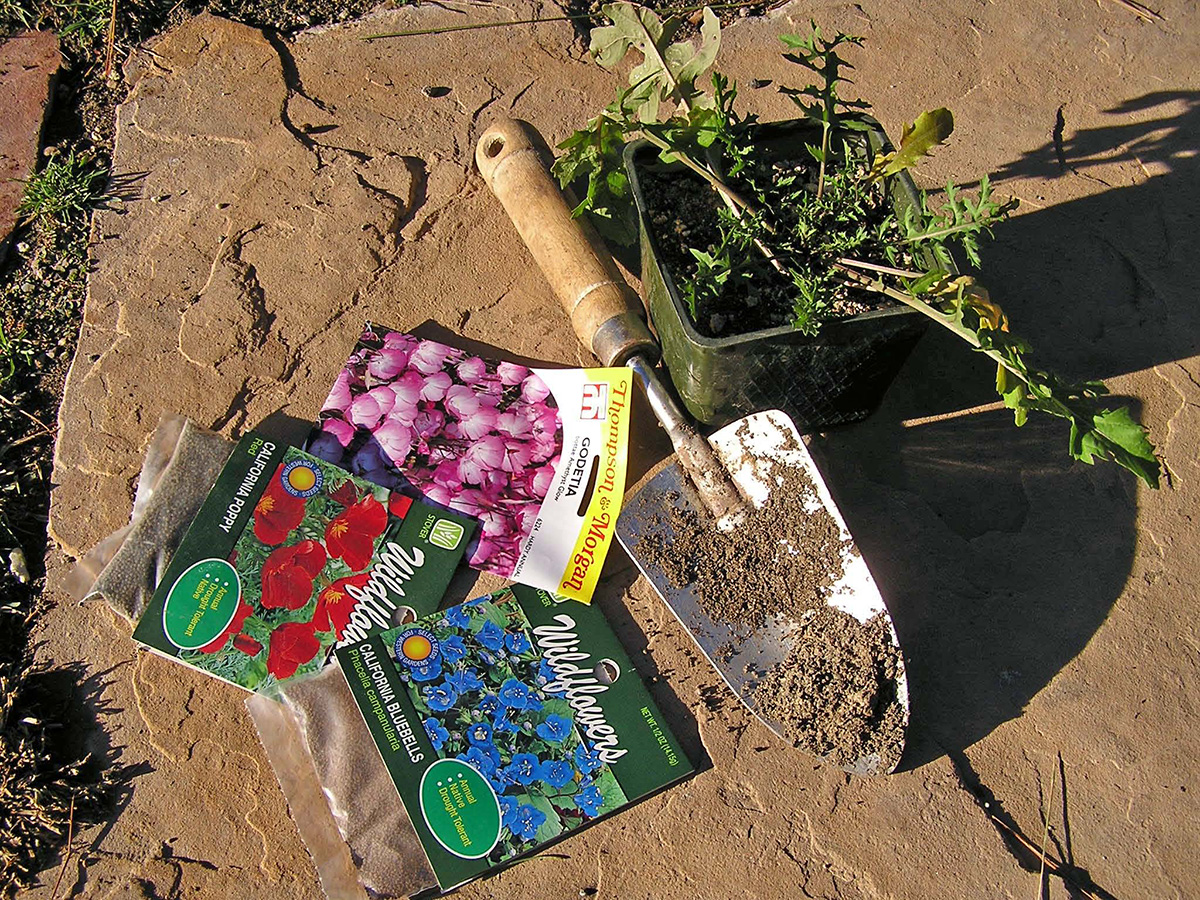
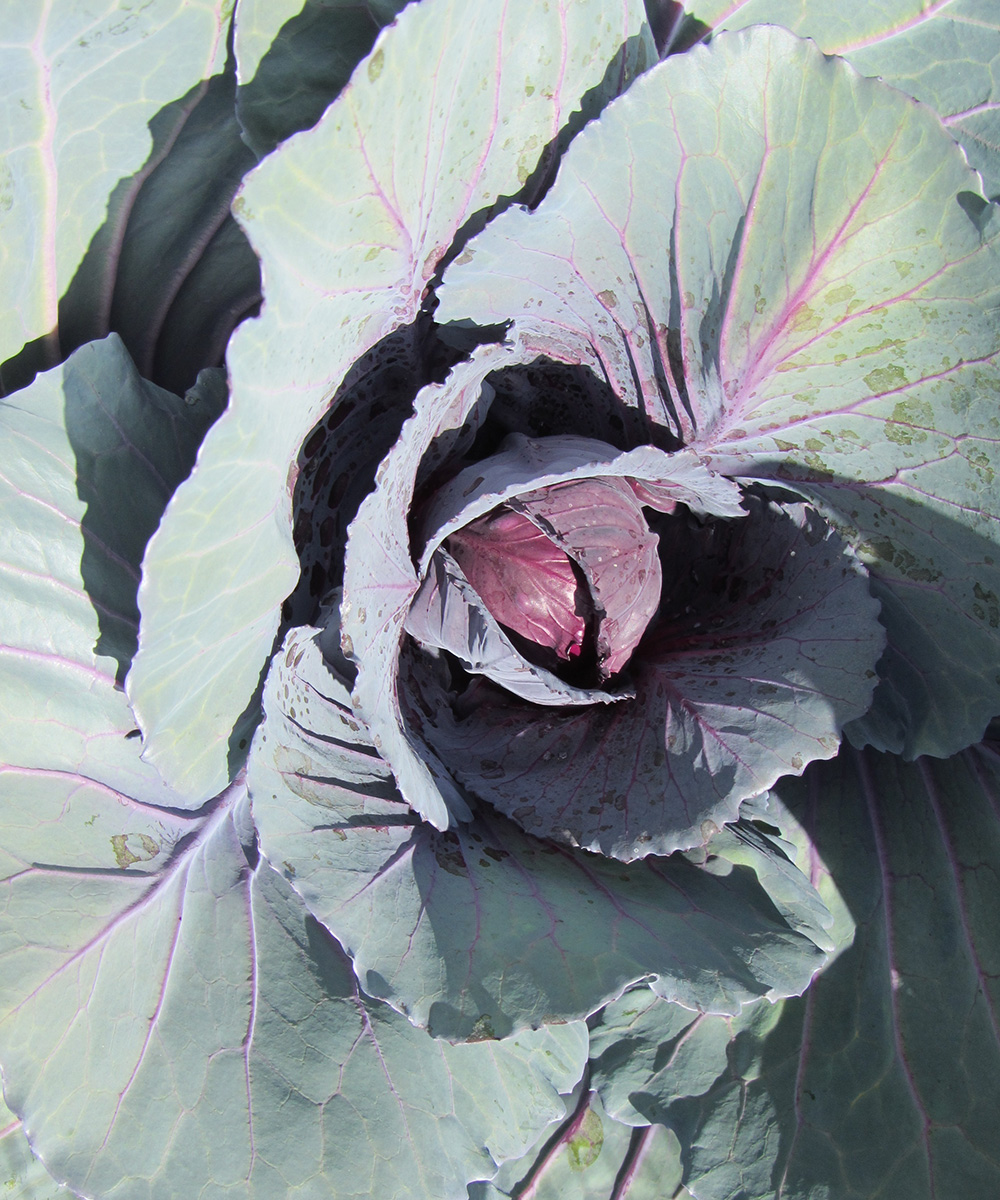
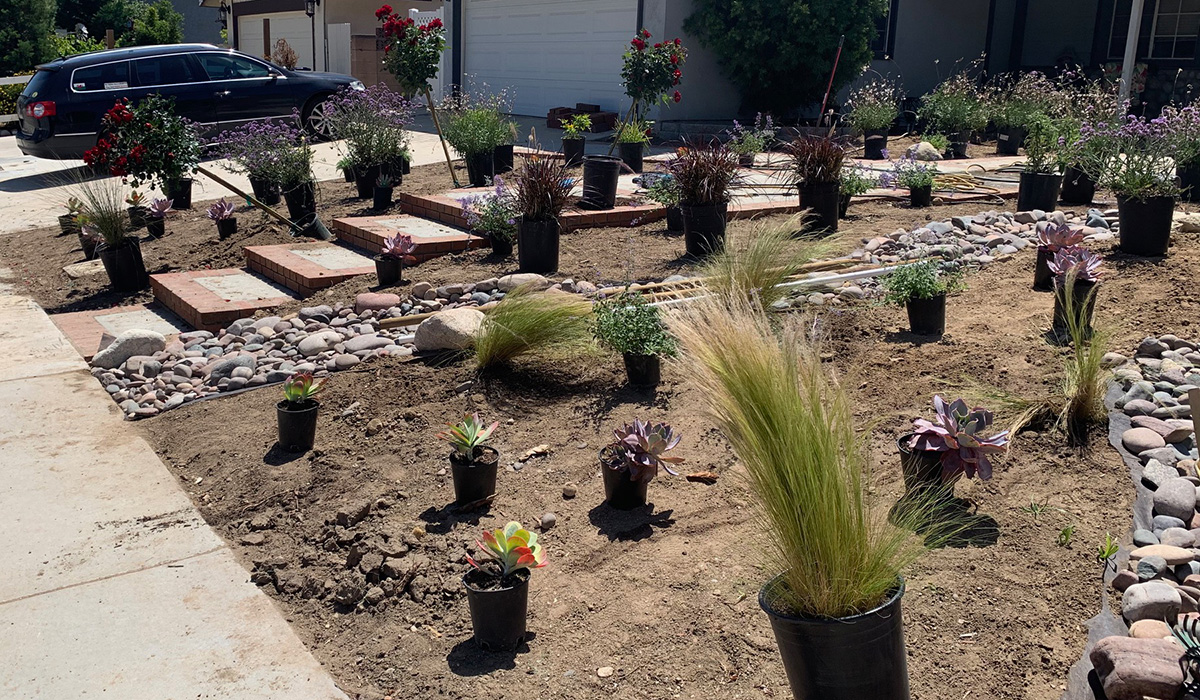
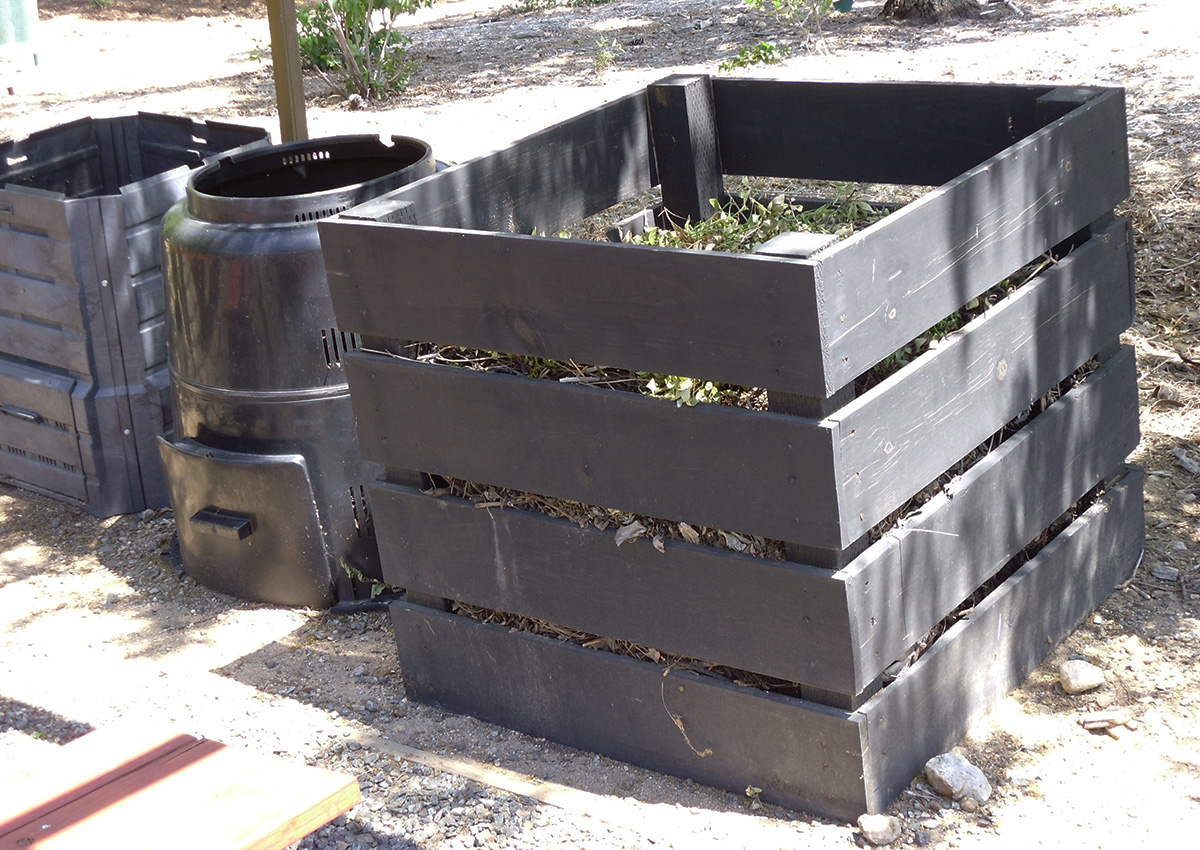
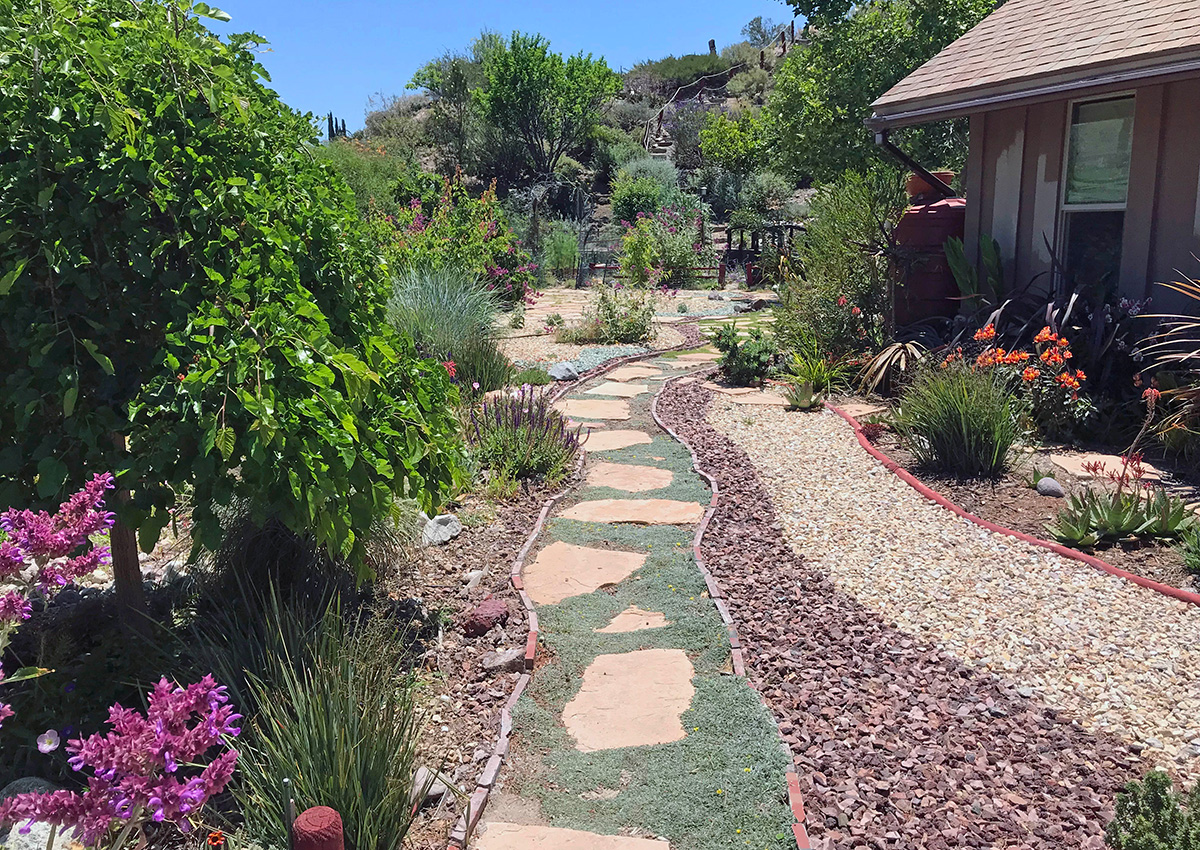

















Comments
Log in or create an account to post a comment.
Sign up Log in